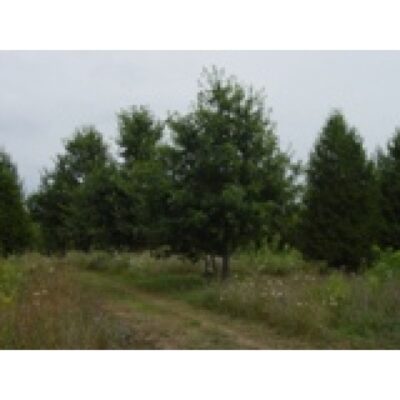
Michigan’s diverse climate, ranging from cold, harsh winters to warm summers, offers a unique challenge for landscaping. However, this variety also provides a rich opportunity to select trees that are not only adaptable but enhance the beauty and ecological balance of local environments. Whether you are a landscaper, a municipal planner, or a nursery owner, knowing which trees thrive in Michigan’s climate can make a significant difference in your projects. Here are ten essential trees perfectly suited for Michigan landscapes.
1. Sugar Maple (Acer saccharum)
One of the most iconic trees in Michigan, the Sugar Maple boasts stunning fall coloration in hues of yellow, burnt orange, and red. This tree not only provides shade but also adds a burst of autumn beauty to any landscape. It’s also the source of maple syrup, adding a cultural touchstone to its ecological benefits.
2. White Pine (Pinus strobus)
As the state tree of Michigan, the White Pine is a symbol of the region. This evergreen grows tall and straight, making it ideal for windbreaks, privacy screens, and as a stately specimen. Its soft, flexible needles and classic pinecones add to its decorative appeal.
3. Red Maple (Acer rubrum)
Another maple that thrives in Michigan, the Red Maple lives up to its name with vivid red foliage in the fall. It’s a fast grower and adapts well to a variety of soils, making it a versatile choice for many locations.
4. Burr Oak (Quercus macrocarpa)
Known for its rugged, deeply furrowed bark and large acorns, the Burr Oak is a durable species that can withstand harsh weather conditions. It provides ample shade with its broad canopy, making it a great addition to parks and large yards.
5. Eastern White Cedar (Thuja occidentalis)
Also known as Arborvitae, this evergreen is essential for privacy hedges and ornamental designs. It’s relatively low maintenance and thrives in wetter soils, making it particularly suited for Michigan’s often moist conditions.
6. Tulip Tree (Liriodendron tulipifera)
With its distinctive tulip-shaped flowers and uniquely lobed leaves, the Tulip Tree brings both aesthetic beauty and height to landscapes. It’s one of the taller trees on this list, capable of reaching majestic heights, and prefers full sun environments.
7. Black Cherry (Prunus serotina)
Ideal for wildlife and aesthetic value, the Black Cherry features beautiful white spring blossoms followed by dark, edible cherries. Its wood is highly valued for furniture making, adding an economic benefit to its inclusion.
8. American Beech (Fagus grandifolia)
Recognizable by its smooth, gray bark and sturdy trunk, the American Beech is a reliable shade tree that features golden fall foliage. It’s slow-growing but provides a dense canopy once matured.
9. Northern Red Oak (Quercus rubra)
A fast-growing oak that provides quick shade and spectacular red fall foliage, the Northern Red Oak is robust and adaptable to a variety of soil conditions. It’s an excellent choice for adding character and cover to new developments.
10. Paper Birch (Betula papyrifera)
Famous for its striking white bark and delicate, toothed leaves that turn yellow in autumn, the Paper Birch is a favorite for cold climates. It’s particularly effective in creating contrast in multi-species plantings and does well in full sun.
Selecting the right trees for your Michigan landscape requires considering both the aesthetic and functional aspects of each species. The trees listed above are not only adaptable to Michigan’s climate but also provide various benefits from shade and privacy to aesthetic value and wildlife support. At Cold Stream Farm, we specialize in providing high-quality, Michigan-hardy trees ideal for wholesale buyers. Whether you’re enhancing a residential property, designing a public space, or stocking your nursery, these trees offer enduring beauty and resilience, making them sound investments for any landscape project in Michigan.
Contact Cold Stream Farm at (231) 464-5809 today or visit us online for more information about planting trees and shrubs.
